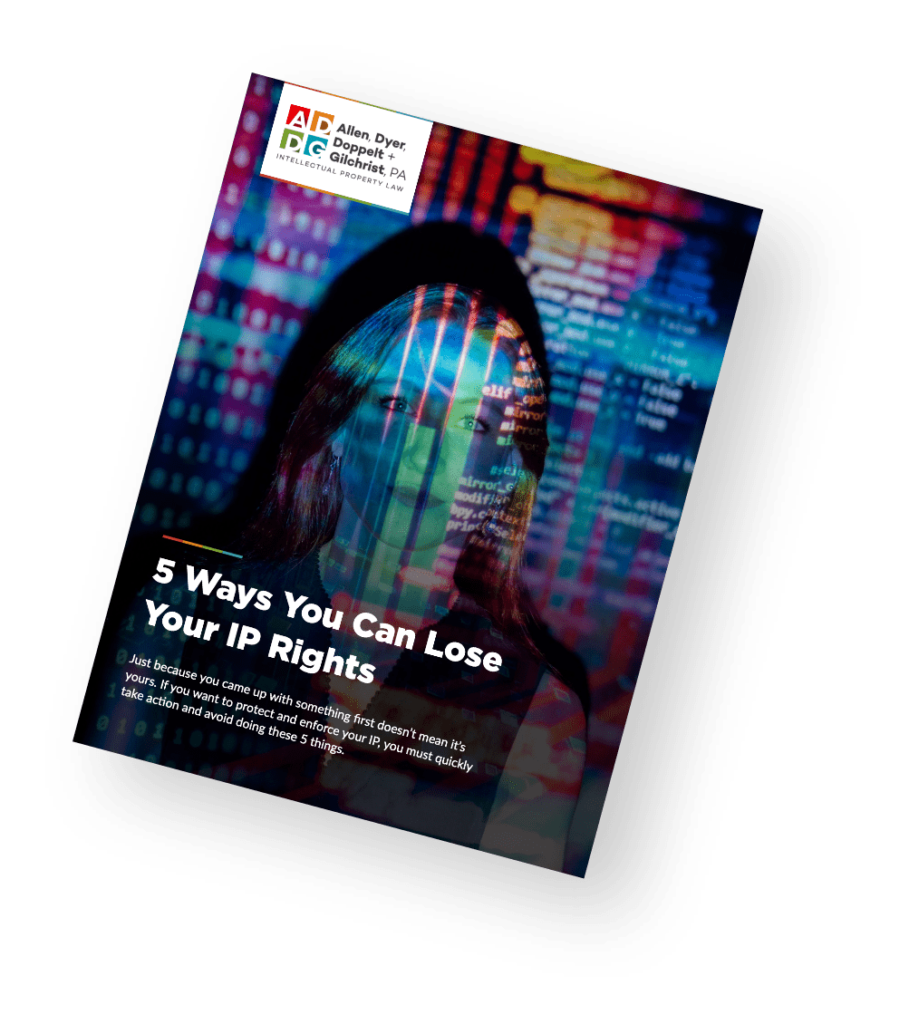Patent prosecution in the life sciences presents distinct challenges that set it apart from other technical fields. While electrical engineering and mechanical inventions can build upon decades or even centuries of established principles, biotechnology stands on relatively new ground—and that difference fundamentally shapes how we approach patent protection in this space.
A Young Field With a Steep Learning Curve
Consider this: radio technology traces its roots to the early 1900s. The superheterodyne receiver principle, invented in 1918, still underlies modern quantum radio receivers like Rydberg receivers used today. Engineers can build on over a century of foundational knowledge, using established terminology and well-understood principles.
Biotechnology? It essentially began in the mid-1970s with DNA recombination techniques. The structure of DNA itself wasn’t understood until 1953. Terms that patent practitioners routinely use today—like “mesenchymal stem cells”—were first coined in 1991. This means professionals working in biotech patent prosecution must constantly learn what amounts to an entirely new technical language, one that continues to evolve rapidly.

The Enablement Challenge: In re Wands and Beyond
One of the foundational cases in biotech patent prosecution is In re Wands, which established the eight-factor test for determining whether a patent specification provides sufficient enablement without requiring undue experimentation. This framework, argued by Dr. Jonathan Goldstein (who later wrote extensively on the subject), remains crucial for life sciences patent work decades later.
The enablement issue came into sharp focus again with the Supreme Court’s decision in Amgen Inc. v. Sanofi. The Court held that Amgen’s patents on monoclonal antibodies for cholesterol treatment were invalid for lack of enablement. The patents functionally claimed antibodies that would bind to specific receptor sites—potentially covering hundreds of thousands of different molecular variations across multiple antibody classes—without adequately describing how to make them all.
The key principle: the broader the claim, the more robust the enablement must be. In biotechnology, where a single functional description might theoretically cover countless molecular variations, this creates a fundamental tension between claim scope and patent validity.
Technical Complexity Meets Cost Sensitivity
Biotech patent prosecution requires understanding complex scientific concepts while navigating practical business realities. Many biotech companies, particularly startups and international clients, operate with tight budgets. They need patent protection but may lack the resources of major pharmaceutical companies.
This creates difficult choices. Sometimes the ideal claim scope must give way to what’s practically obtainable within budget constraints. Interview practice with patent examiners becomes crucial—understanding what they’ll accept and whether broader claims justify the cost of appeals or continuation practice.
Recent work with an Indian medical device company illustrates these challenges. They developed innovative wound dressings using phytopharmaceutical formulations—plant-based compounds with antimicrobial properties applied to biocompatible matrices. Getting claims allowed required detailed limitations, including specific preparation methods and application techniques. While broader claims might have been possible with extensive prosecution, the practical approach was securing reasonable protection within the client’s budget.
Natural Product Patents and Formulation Work
Biotechnology patents often involve natural products, whether plant-based compounds, proteins, or biological materials. Patent protection for these inventions frequently hinges on:
- Specific formulations: The combination and concentration of components
- Novel preparation methods: How compounds are extracted, processed, or combined
- Unexpected properties: Demonstrating advantages over known compositions
- Enabling disclosure: Providing sufficient detail about biological materials and cell lines
For example, patents covering biodegradable nerve conduits seeded with stem cells must carefully describe both the physical matrix structure and the biological components, including specific cell types and growth conditions.
Building on Different Foundations
In traditional engineering fields, patent practitioners can leverage established knowledge. The Grignard reaction, discovered in 1900 (earning Victor Grignard the 1912 Nobel Prize), remains a fundamental tool in synthetic organic chemistry today. A recent Florida State University patent application uses Grignard reagents in synthesizing lysergic acid derivatives for potential therapeutic applications—applying century-old chemistry to cutting-edge neuroscience research.
Biotech practitioners don’t have this luxury. The field requires continuous learning as new techniques, terminology, and scientific understanding emerge. What a researcher published last year might form the basis for rejecting a patent claim this year.
Practical Considerations for Biotech Patent Practice
For those considering or currently engaged in biotech patent prosecution, several principles prove valuable:
- Invest in education: Stay current with scientific literature and terminology in your practice areas
- Build relationships with inventors: Their expertise is invaluable for understanding both the invention and the prior art landscape
- Consider enablement early: Draft with Wands factors and Amgen principles in mind from the start
- Balance scope with practicality: Broader isn’t always better if it can’t be adequately enabled or costs more than the client can afford
- Use continuations strategically: Building a patent portfolio over time may be more cost-effective than fighting for the broadest possible claims initially
The Future of Biotech Patent Practice
As life sciences continue advancing—from CRISPR gene editing to synthetic biology to novel therapeutics—patent protection remains essential for commercialization. The field requires practitioners who can bridge the gap between complex science and patent law, all while serving clients with varying resources and goals.
The good news? For those willing to invest the time in learning the science and staying current with developments in both technology and patent law, biotech patent prosecution offers intellectually rewarding work at the forefront of innovation. The bad news? It’s not getting any easier. But then again, the most interesting challenges rarely are.
Allen Dyer provides patent prosecution services across all technical fields, including biotechnology, pharmaceuticals, and medical devices. Our team works with clients ranging from individual inventors to established companies, helping protect innovations while managing costs effectively.
About The Author:
Richard Warther is a Florida Board Certified Intellectual Property Law Attorney. He practices in the areas of patent prosecution, patent infringement studies and client counseling.

Share This



